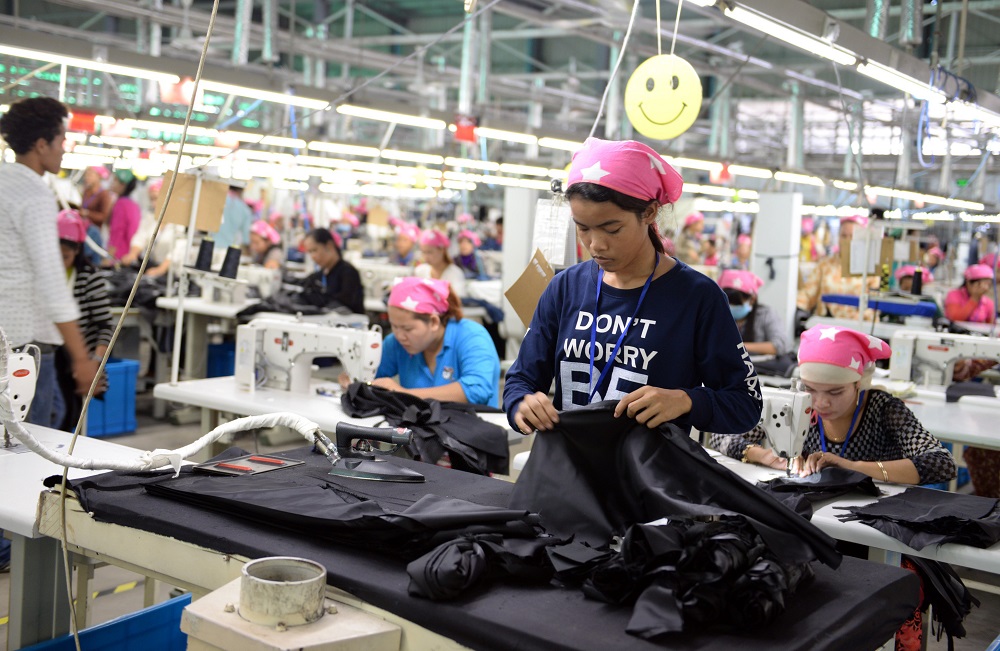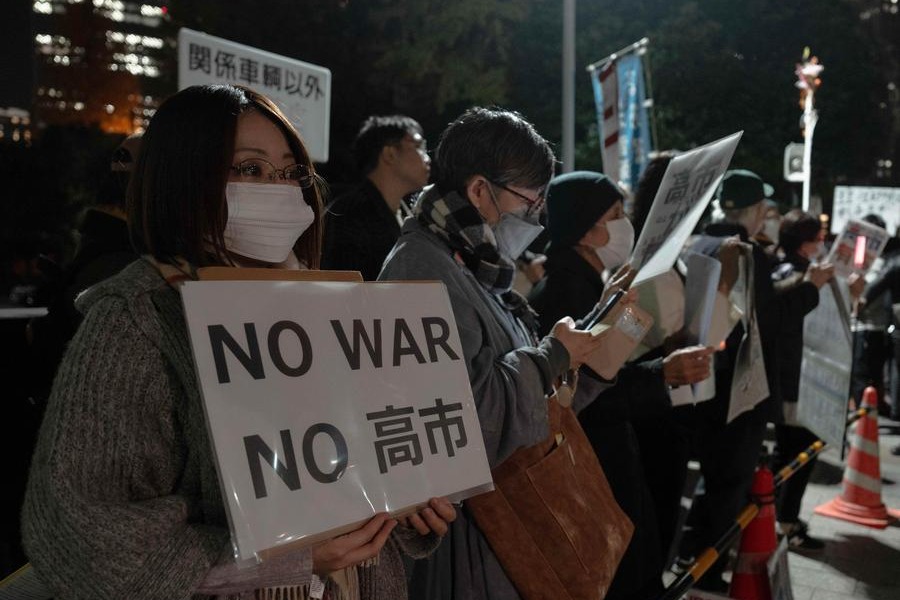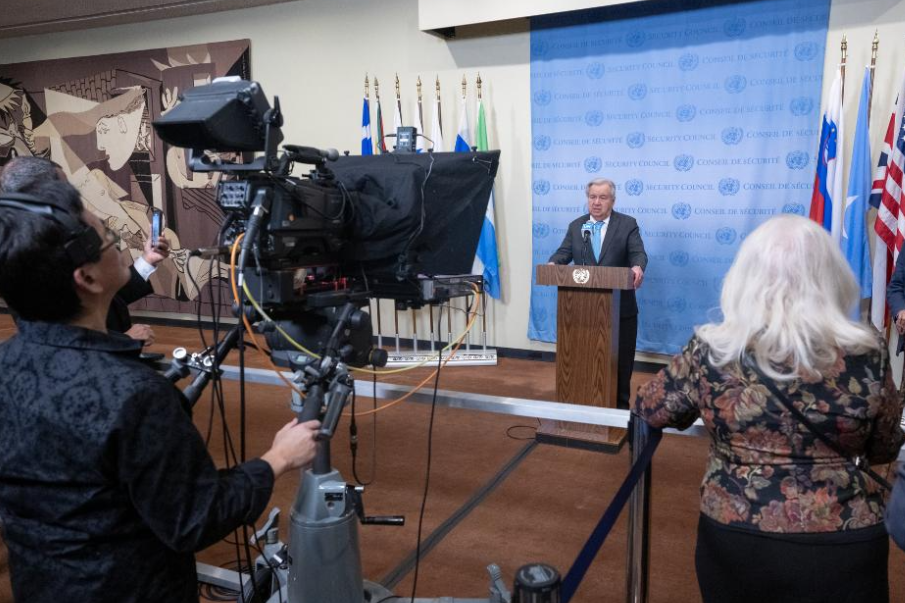Zone is pillar of cooperation


With China's help, global industrial park in Cambodia improves livelihoods, connectivity
Sok Theara is among Cambodians who have seen their livelihoods improve thanks to development of the country's Sihanoukville Special Economic Zone.
Sok, 26, works at Romantic Leather Cambodia Co, the largest company in the zone, which is 210 kilometers away from the capital, Phnom Penh.
When her large family was farming, they could not make ends meet. Now, seven of the eight family members are employed in the zone, and their earnings have multiplied.
"We are now living an easier life," said Sok, adding that the family has built a new house and bought two new motorcycles.
Before his state visit to Cambodia in October 2016, President Xi Jinping, in a signed article in the country's leading newspaper, The Light of Cambodia, wrote that the vigorous development of the Sihanoukville zone was "a model for practical cooperation" between China and Cambodia.
The zone, a landmark project of the China-proposed Belt and Road Initiative, was made possible in 2008 through the partnership of Jiangsu Taihu Cambodia International Economic Cooperation Investment Co and Cambodia International Investment Development Group Co.
Jack Chen, CEO of the zone, said the international industrial park of 11.13 square kilometers has received investments from China, Japan, France, the Republic of Korea and the European Union.
The Sihanoukville Special Economic Zone, also known as the SSEZ, has 161 companies so far, with registered capital of around $918 million and a labor force of 22,495, according to a statement released in January by the Council for the Development of Cambodia.
The zone aims to attract around 300 companies in total and create about 100,000 jobs, Chen said.
The city of Sihanoukville, where the special economic zone is located, has Cambodia's only deep-water port. The city was carved out of the jungle in the 1960s and named after former King Norodom Sihanouk (1922-2012).
The zone's general manager, Cao Jianjiang, said the SSEZ is Cambodia's largest special economic zone, both in terms of size and occupancy, and has become a pillar of Sino-Cambodian cooperation.
Cao added that while China has entered the maturity stage of industrialization, with a large number of competitive industries and strong production capabilities, Cambodia has been actively promoting its own industrialization, as seen in its Cambodia Industrial Development Policy 2015-25.
The Sihanoukville zone has encouraged Chinese companies to effectively address the needs of Cambodia's economic growth. This has created a mutually beneficial relationship for the two countries under the Belt and Road Initiative, Cao said.
In a joint research paper, Kimkong Heng, who teaches at the University of Cambodia, and Sovinda Po, a Cambodian scholar at the Shanghai-based East China Normal University, said the BRI offers Cambodia great opportunities to drive its economic development so it can catch up with other countries in the region.
Since the BRI is complementary to Cambodia's national development strategy, the initiative will help Cambodia to realize its vision to become a middle-income country by 2030 and a high-income country by 2050, the two Cambodian scholars wrote.
Since the BRI comprises land and sea routes that span 65 countries, Cambodia is likely to improve its regional and international economic integration by acting as a connecting point between China and other countries along the routes.
As a small state in its developing stage, Cambodia is in desperate need of support and investment from around the world, the two Cambodian scholars wrote in their research paper. Cambodia should embrace the BRI, since the project aligns with the kingdom's national development strategy, they added.
On Jan 21, President Xi told visiting Cambodian Prime Minister Samdech Techo Hun Sen that bilateral cooperation on the BRI has produced an increasing number of practical outcomes, and joint efforts are needed to build a community of shared future with strategic significance between the two countries.
Hun Sen said Cambodia stands ready to jointly promote the BRI with China.
Trade between China and Cambodia reached $5.6 billion last year, a year-on-year increase of 12 percent.
The two countries' leaders agreed to boost bilateral trade to $10 billion by 2023.
Last year, the zone exported products worth $372 million, up by 68 percent year-on-year, according to the Council for the Development of Cambodia.
The factories in the zone produce such things as textiles, shoes, travel goods, electronic products, electrical accessories, tires, car parts, furniture, office equipment and supplies, and sports equipment.
Cambodia intends to build the zone into its version of Shenzhen, where in 1980 China built a special economic zone, the first in the country, as an experimental ground for a market economy.
In four decades, Shenzhen has skyrocketed from being a remote coastal town to becoming a global technology manufacturing hub.

































